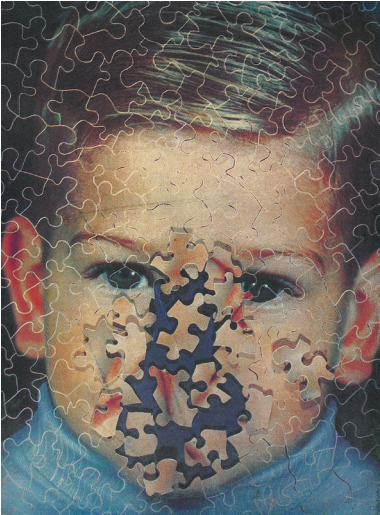Original face for the craniofacial surgeons
Article information
In Zen Buddhism (禪佛敎), original face (本來面目) is a term pointing to the non-duality of subject and object [1]. The term original face originates from Huangpo’s Chuanhsin fayao (857) and the Hui-sin edition (967) of the Platform Sutra of the Sixth Patriarch (六祖壇經) [2]. A topic, “What is your original face before your parents were born?” tells us to let go of even more of our conditioning.
As Eastern Zen Buddhism seeks for the “my face before my parents were born,” a similar concept of face can be found in Western literature: “The face I had before the world was made.”
This other original face is the face of a person which she or he had before the world was made. In a poem titled “Before the World Was Made,” Irish poet Yeats writes from the perspective of a beautiful woman responding to a jealous lover. She begins by acknowledging her efforts to make herself more attractive with cosmetics.
If I make the lashes dark
And the eyes more bright
And the lips more scarlet,
Or ask if all be right
From mirror after mirror,
No vanity’s displayed:
I’m looking for the face I had
Before the world was made.
Then, what is original face of the craniofacial surgeons?
Congenital craniofacial abnormalities are a group of defects caused by abnormal growth and/or development of the head and facial soft-tissue structures and/or bones. Among them, cleft lip, cleft lip and palate, and isolated cleft palate are the most common congenital anomalies of the head and the neck, with a total prevalence of 2.1 per 1,000 live births. The ultimate treatment for this malformation is surgical closure.
Dr. Millard (1919–2011), in the preface of his famous book Cleft Craft: The Evolution of Its Surgery (Fig. 1) emphasized surgeon should not ignore the first principle of plastic surgery; know the normal. He wrote “The plastic surgeon requires imagination for he must look into the puzzle of cleft. With this picture as transparency in his mind’s eye superimposed over the cleft patient, the surgeon is abetted in the sorting out and fitting together of the pieces of the puzzle [3].”
As Dr. Millard suggested, we craniofacial surgeons are trying repair the defect of the cleft lip patients similar to their original face using surgeon’s imagination.
As written in the journal’s homepage, the scope of Archives of Craniofacial Surgery (ACFS) is any aspect of craniofacial plastic and reconstructive surgery, operative procedures, clinical and laboratory research and case reports. For seeking the normal or original face, I hope ACFS also welcomes anatomical studies of the head and neck and aesthetic procedures for the facial area.
Notes
Conflict of interest
No potential conflict of interest relevant to this article was reported.

